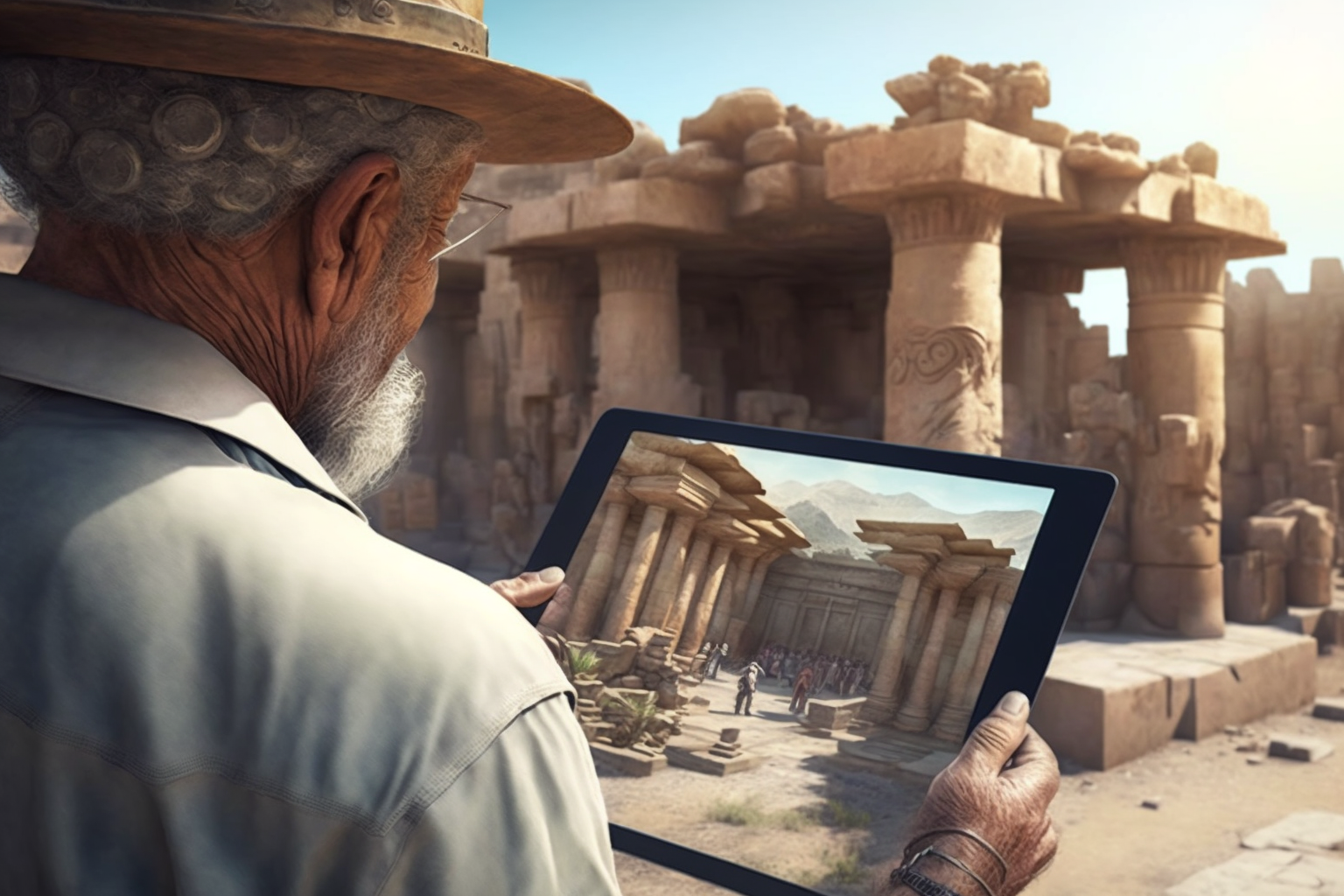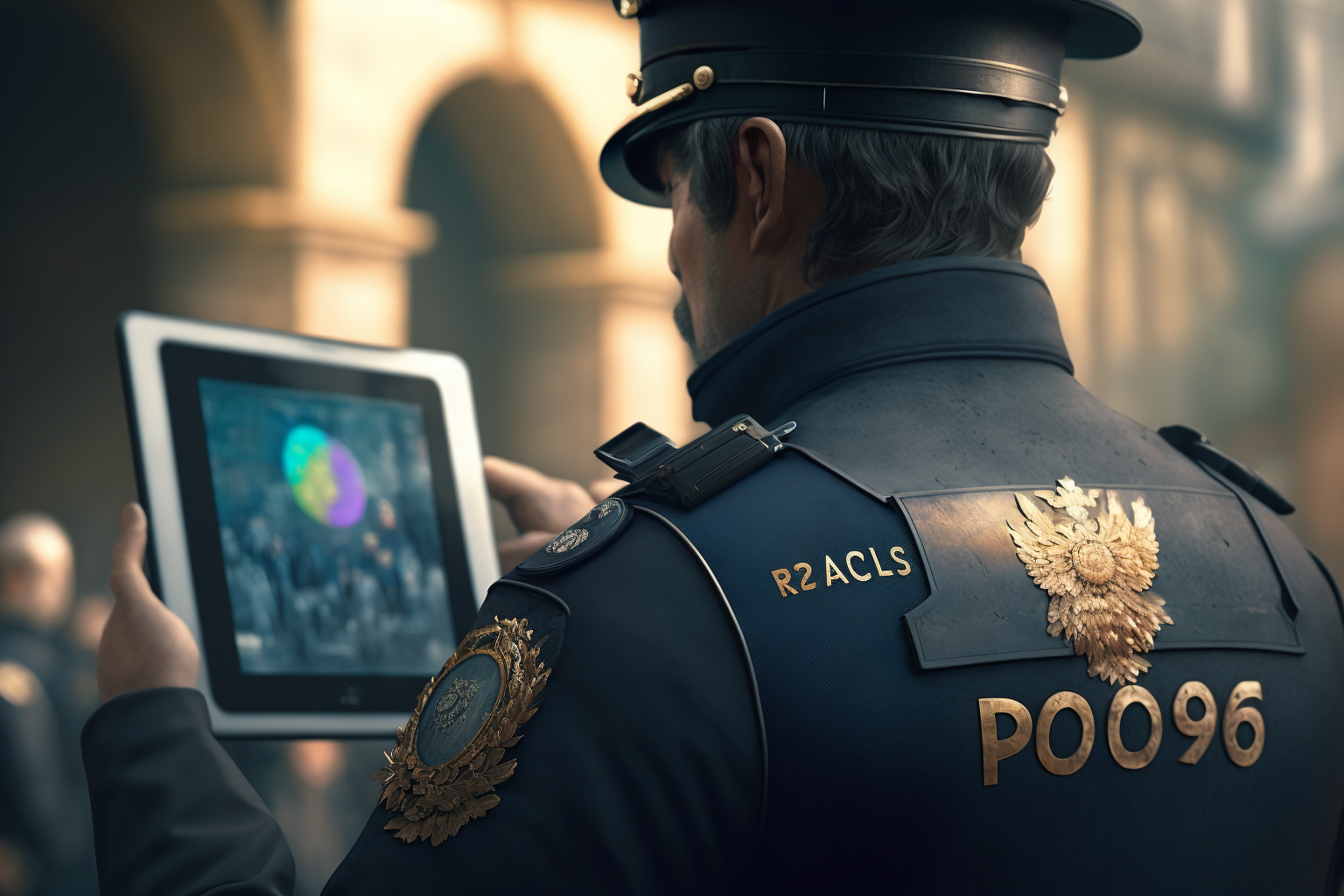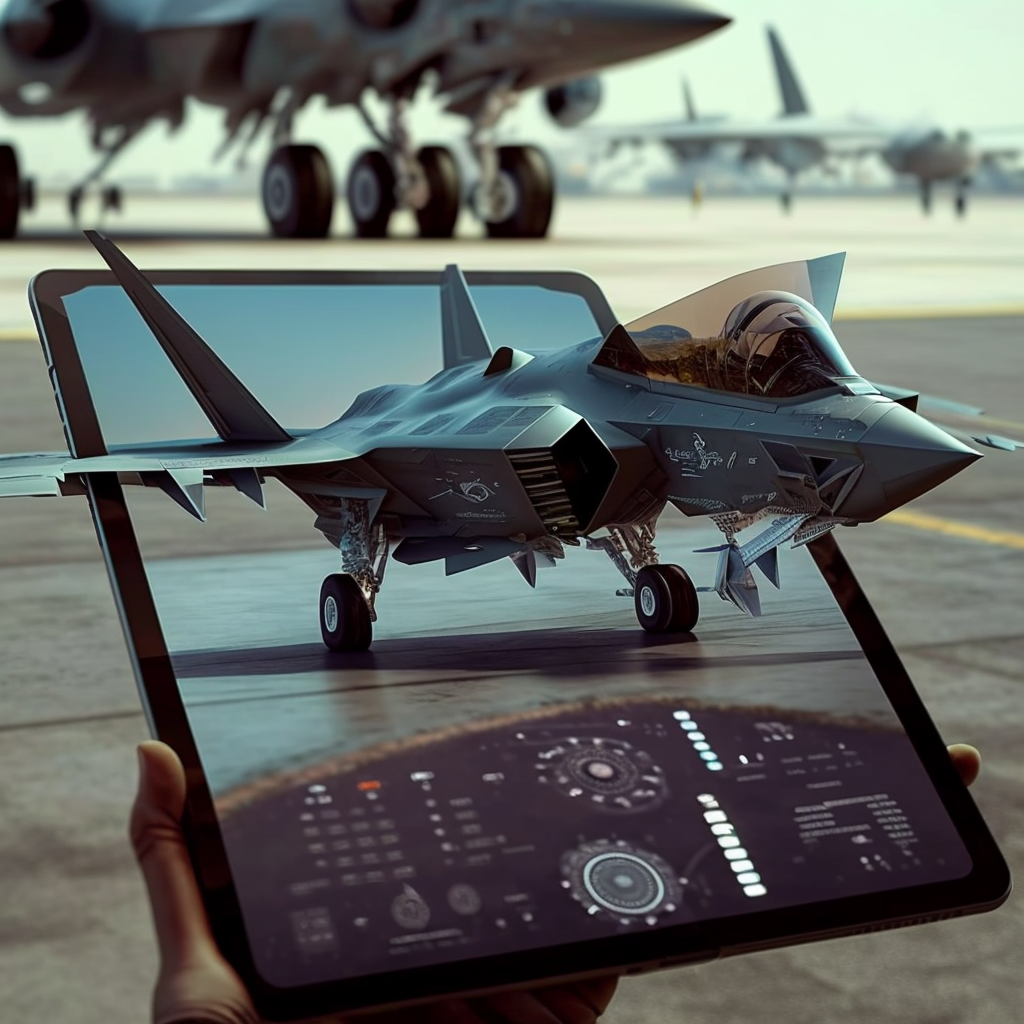Navigate Ancient Rome in AR and VR and visit the Colosseum on EON-XR to explore the development and urbanism of the ancient city. The Colosseum, originally the Flavian Amphitheatre, is an elliptical amphitheatre—the largest ever built in the Roman Empire—in the center of Rome, Italy. Capable of seating 50,000 spectators, the Colosseum was used for gladiatorial contests and public spectacles such as mock sea battles, animal hunts, executions, re-enactments of famous battles, and dramas based on Classical mythology.
On EON-XR, students can investigate the Colosseum well as the typical public and private buildings of Greek and Roman cities, to better understand the social and cultural contexts of these buildings and consider how the ideals and ideologies of its culture was expressed in the built environment.
To navigate Ancient Rome in AR and VR in a full, hands on immersive learning experience, please click here.
Here are some teaching ideas to get started, or browse our lesson highlights for more classroom inspiration!
Roman Architecture
Examine architectural plans to understand the development of architecture in Ancient Rome, from the city’s founding to recent times. Consider construction, landscape design and urban planning.
Applied Heritage Conservation Techniques
Consult the architectural plans for the Colosseum in exploring conservation issues affecting built heritage. Consider structural issues, as well as interior and exterior decorative finishes.
City Futures
Explore cultural, environmental, economic, social and political contexts of urbanism – in the past, present, and future – using Rome as a case study.
Urban History
Using examples of sites in Rome, focus on specific features and concepts of space and community, considering the social, economic, political and environmental processes of urban change.
Ancient Cultures
Explore and analyze architectural plans and documents to uncover issues around immigration and mobility, social identities and urban spaces of Ancient Rome

















